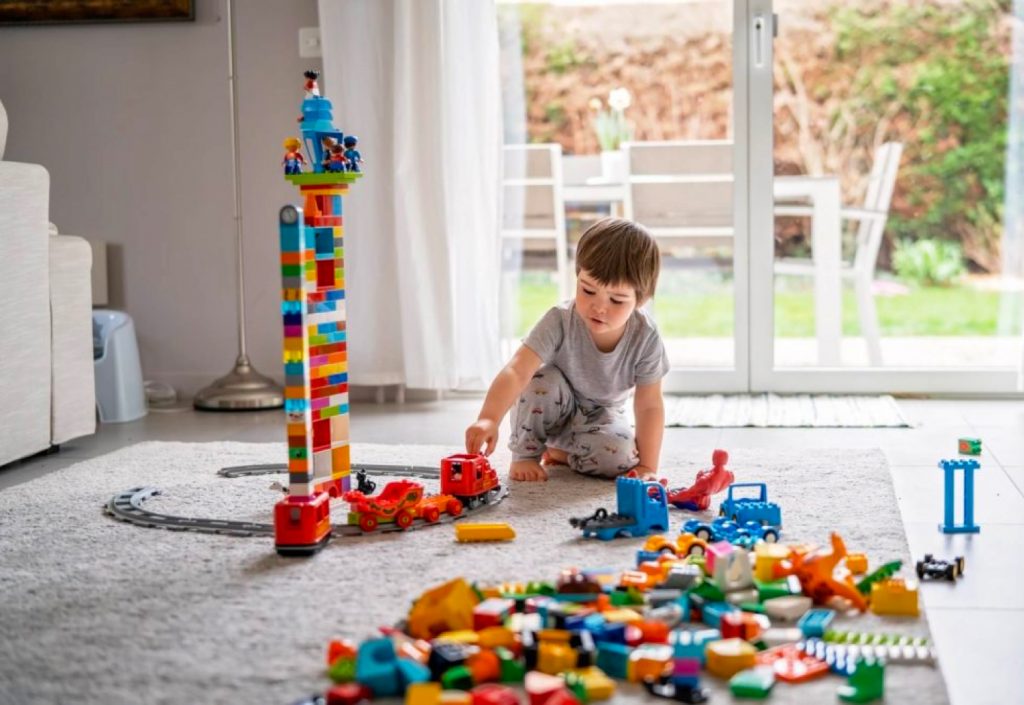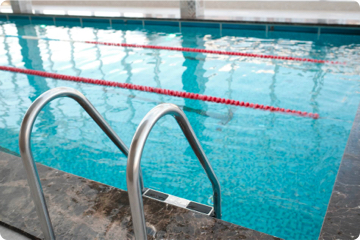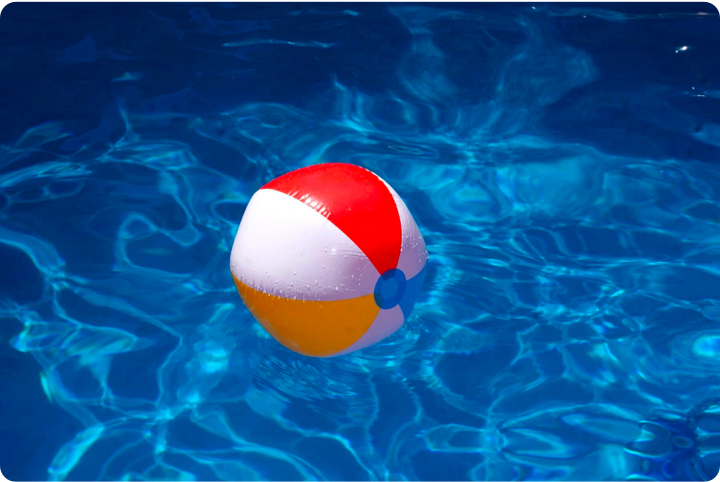

Occupational therapist at ICDL Livingston, Stephanie Peters, returns to build upon last week’s podcast sharing her experiences doing Floortime in the Pool! Stephanie has experience as an aquatic therapist and has done Floortime in the pool as part of the Intensives at ICDL Livingston. She enjoyed listening to how the aquatic environment is a great fit for children and all of the things it works on. It’s not only a great place to support Individual differences, but their individual profile can also be why children love the pool so much.
Stephanie Peters reviewed how the hydrostatic pressure of the pool provides the deep pressure that some children require to feel calm and regulated, how the buoyancy of the water makes it easier to support your body because it takes weight off your body for those who have lower muscle tone and use up so much energy to keep their posture upright, how being in the pool slows down children who tend to move very quicky, and how it is a natural way to connect two people together because it might not be safe, so the child is more drawn to a person to keep them safe and afloat. It’s a fantastic starting place for engagement.

In the sensory gym at therapy, sometimes children are overwhelmed by everything that’s there and feel a bit stuck about what to do first. To figure out how to play and include an adult is hard work. The pool offers that inherent sense of meaning about what this activity is for, and why and how the child wants to do it, Stephanie says. It’s having a connection with something. For kids scared of the water, it could be they have not yet made meaning of the experience and it’s important to follow their lead and tune in to their emotions while gently encouraging them to experience it. It is a strength to be cautious.
As parents we have to be a detective to figure out what happened if a child is scared of water–even the bath. Is it a sensory aversion such as acoustics, is it visual? Is it being separated from a parent to go into the pool with a therapist? Breaking it down and understanding the child’s profile, you can put the pieces together.
The pool is a way to really get in the movement that some of our children need to stay connected in a regulated way. These joyful experiences together help foster the child having and sharing their own ideas with us and we can convey
Stephanie Peters – Occupational therapist at ICDL Livingston

Early capacities Stephanie says that we are all always working on the first two capacities of regulation and engagement, so dedicating time for that is always “a beautiful gift to give“. She also always sees what the child wants to initiate.
She gave an example of a child who just sat with her on the side of the pool kicking for 25 minutes of the Floortime session. In her O.T. mind, she was thinking how this worked on balance, but it was his idea and he had the opportunity to be the director in the play that she was a participant in.
ICDL Conference 2020 This November, the Interdisciplinary Council on Development and Learning will hold their annual conference throughout the month online, Floortime All the Time and Everywhere. Along with many Floortime professionals presenting, I will be presenting on my top take-aways and light bulb moments in my own Floortime journey. You can find out more HERE.